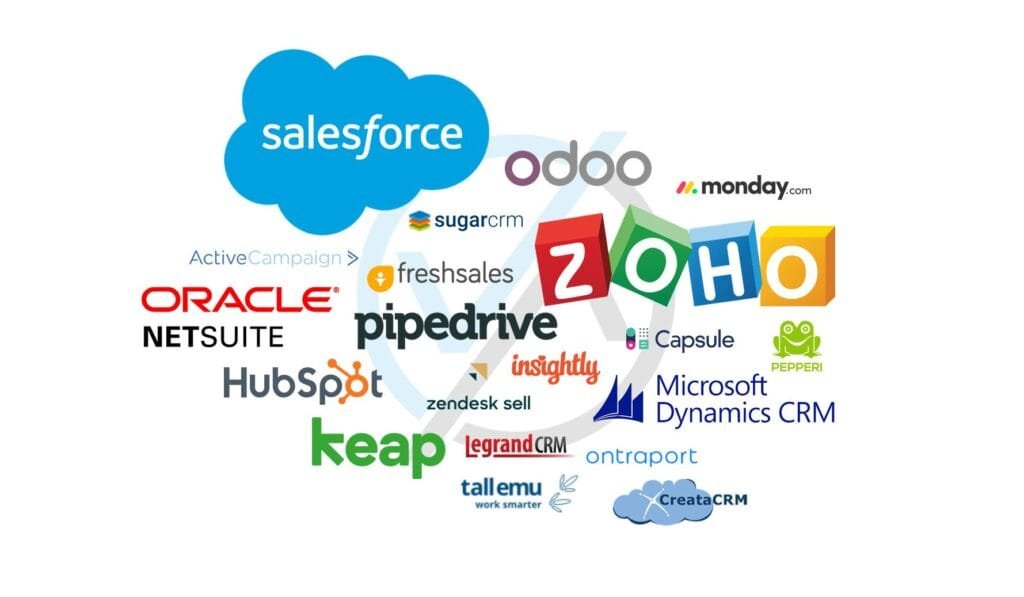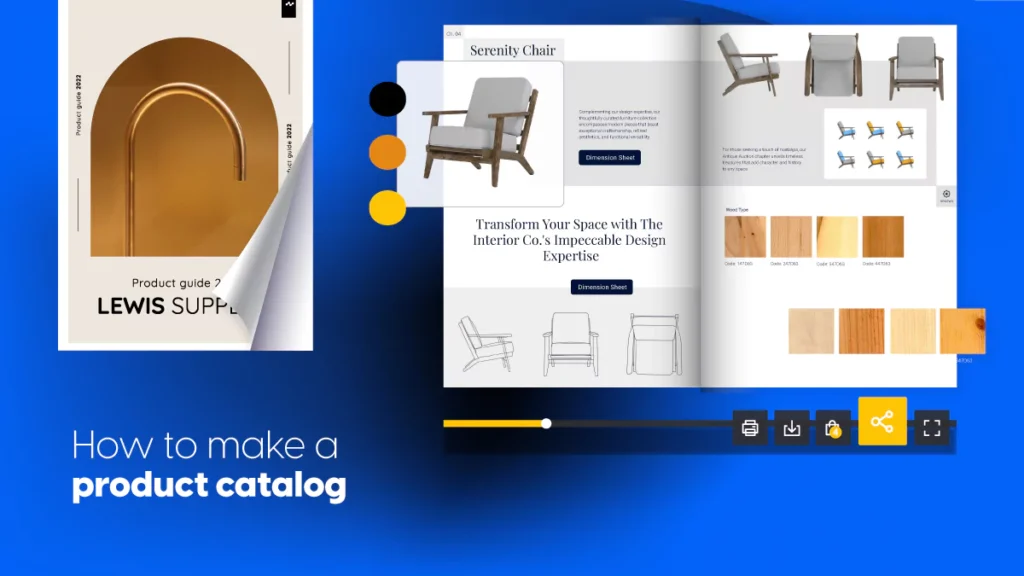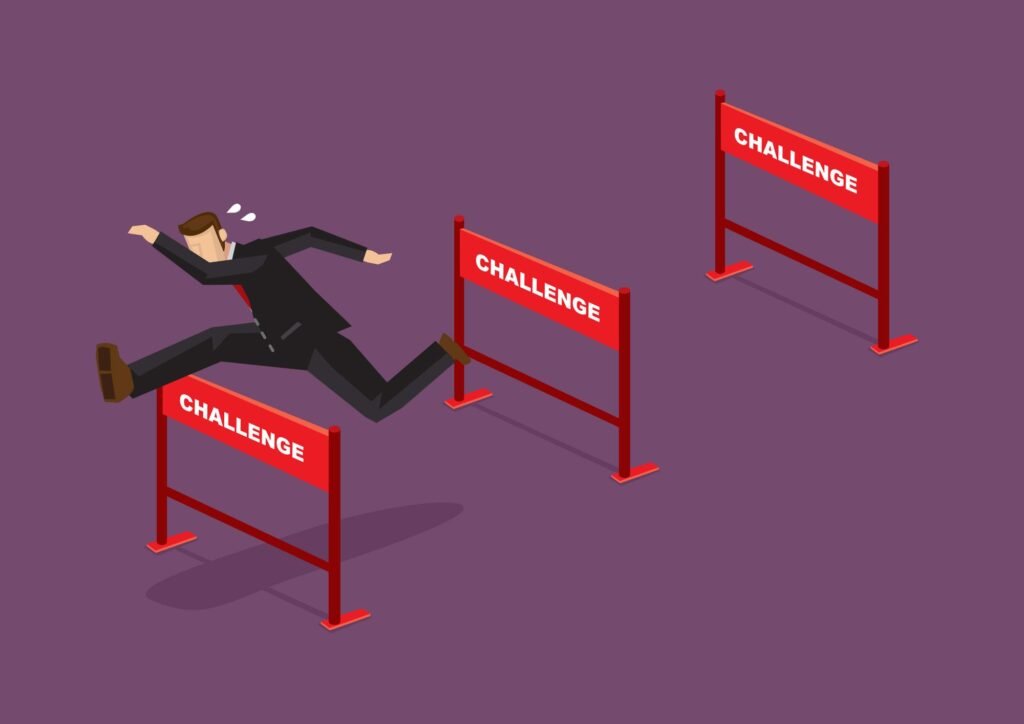Let’s be real: returns and refunds are part of B2B life, especially in wholesale. But here’s the tea: if handled poorly, they can cost you money, reputation, and long-term partnerships. If handled well? They boost loyalty and brand trust.
In this guide, we’re keeping it beginner-friendly and warm, sprinkled with Gen-Z pro vibes. You’ll learn:
Why flawless B2B returns matter
Step-by-step return/refund process
Messaging and communication templates
Systems & tech to streamline it all
Rookie mistakes to avoid
Let’s turn returns into “yes, we got you” moments that make clients want to stay in the game.
1. Why You Need a Strong B2B Returns Strategy
Returns in B2B aren’t just cost centers—they’re relationship signals. Here’s why they matter:
Protect long-term partnerships — One faulty product doesn’t mean you’re out.
Reduce churn — A smooth return can turn an unhappy customer into a loyal one.
Show integrity — Buyers expect 2025-grade service.
Uncover real pains — Frequent returns can point to QA issues or misleading descriptions.
TL;DR: A solid return policy equals trust, not drama.
2. Build a Clear, Written Return Policy
Your policy should be easy to find, clearly written, and client-friendly.
Must-have elements:
Eligible Products: What can be returned/refunded (defective, damaged, not-as-described)
Time Window: Standard ranges are 30, 60, or 90 days
Return Method: Do they ship it back with your label, drop it at your warehouse?
Refund Type: Credit memo, replacement, or refund to original payment
Restocking Fees: Only for re-sellable stock—0–20%, be fair
Sale & Clearance Rules: Define what’s final sale
Errors & Exceptions: Damages in transit? Not your client’s responsibility
Pro Tip: Write like a human—clear bullets beat dense walls of legal jargon any day.
3. Communicate Policy Clearly at Every Touchpoint
A great policy is useless if nobody sees it.
Where to share it:
On your B2B site’s footer or “Terms & Returns” page
On line sheets and catalogs
In your welcome or acknowledgement email after the first order
In your salesperson’s email signature or verbal pitch
Pro Move: Include a quick line like, “We want you to be stoked with your order. Here’s how returns work—no drama.”
4. Build a Step-by-Step Return Process
Every return should feel human—not robotic. Here’s a smooth flow:
1. Request
Client fills a simple form or emails your returns team
They include order number, item codes, reason, and photos (if possible)
2. Acknowledge
Send a fast automated reply:
“Thanks for reaching out! We got your request, and we’ll get back in 24 hours.”
3. Approve & Guide
If valid, email a return label or instructions
Clarify next steps: expected timeline for processing and refund
4. Receive & Inspect
Log date received, item condition, and note damage
Snap photos and store for QA or warranty
5. Process & Refund
Initiate the refund (credit or return to method of payment) within your stated time (e.g., 7–10 business days)
Email confirmation with value refunded or credit issued
6. Learn & Improve
Log reasons for returns and categorize them
If multiple complaints surface, investigate product quality or listing clarity
5. Email Communication Templates (No Awkwardness Allowed)
A. Return Acknowledgement
Subject: Return Request Received – Order #12345
Hey [Client Name],
We received your return request and are reviewing it now. You’ll hear from us within 24 hours with next steps.
Thanks for giving us a heads-up—your partnership means a lot!
[Your Name / Team]
B. Return Approved + Labels
Subject: Your Return is Approved: Here’s What’s Next
You’re good to go! We’ve issued a return shipping label (attached) and your package is expected to reach us within 5 business days.
Once we inspect the item, we’ll refund or issue credit within 3–5 business days. We know that shipping delays happen—if we don’t see the parcel in 7 days, we’ll follow up.
Thanks for choosing us—let’s get this sorted!
[Your Name / Team]
C. Refund Processed
Subject: Refund Issued for Order #12345
Good news — your refund of $XXX is on its way to your account/credit memo.
Check your dashboard or email for transaction details, or let me know if you have questions.
Thanks for making this easy, and feel free to reorder anytime.
[Your Name / Team]
6. Use Systems & Tech to Make It Smooth
Manual returns are exhausting. Tools can help:
Zendesk/Help Scout – Streamline email support and ticketing
ShipStation / EasyPost – Generate labels automatically
Shopify Plus / BigCommerce B2B – Built-in return workflows for wholesale
ERP integration – Automatically track RMA in inventory
Pro Tip: Trigger Slack/Teams alerts when returns are created or delayed.
7. Use Return Data to Improve Product Quality
Treat returns as data gold:
Prioritize categories with highest return rates
Read the patterns: Is color off? Wrong size?
Fix images, descriptions, or packaging
Follow up with affected buyers for extra trust points
Example: You notice that white bulk mugs crack in transit more than black. Solution: add bubble wrap or package differently.
8. Turn Returns Into Customer-Loyalty Moments
Don’t just process returns—delight with good service:
Include a handwritten apology or note
Offer a discount on their next purchase
Check in post-refund: “Everything sorted okay?”
This is where relationships grow—and where first-time customers become brand advocates.
9. Common Mistakes to Avoid
No policy in sight → …and then blame them for returning past the window
Burnout from manual processes → Automate or swim in chaos
Not reviewing returns data → Missed insight on manufacturing issues
Tone-deaf communication → “Refund is processed” vs. “Here’s empathy and action”
10. Scale Returns Gracefully as You Grow
As your B2B brand expands, upgrade your system:
Automate processes with RMA tools like Gorgias or Returnly
Add a self-service portal for B2B clients
Integrate with inventory: refunds trigger restocks
Run quarterly QC (quality control) using return logs
This keeps everything scalable and sustainable—especially after trade shows or big seasons.
Keep It Human, Fast & Fair
| Step | What to Do | Why It Works |
|---|---|---|
| Policy | Clear eligibility, steps, and timeline | Sets expectations |
| Process | Request → Acknowledge → Approve → Refund | Builds trust and clarity |
| Messaging | Human tone, fast replies | Maintains relationship |
| Systems | Use tech tools | Saves time, prevents errors |
| Data | Track reasons and fix root issues | Improves quality |
| Delight | Add personal touches | Converts returns into loyalty |
Final Thoughts: Returns Done Right = BAMF Reputation
Handling returns is part of growth. Nail it, and you become the brand people trust—one that makes buying easy even when things go sideways.
Returns done right = happy clients
Happy clients = repeat business & referrals
Referrals = sales with zero ad cost
“Chill checkout, even chill return.”






